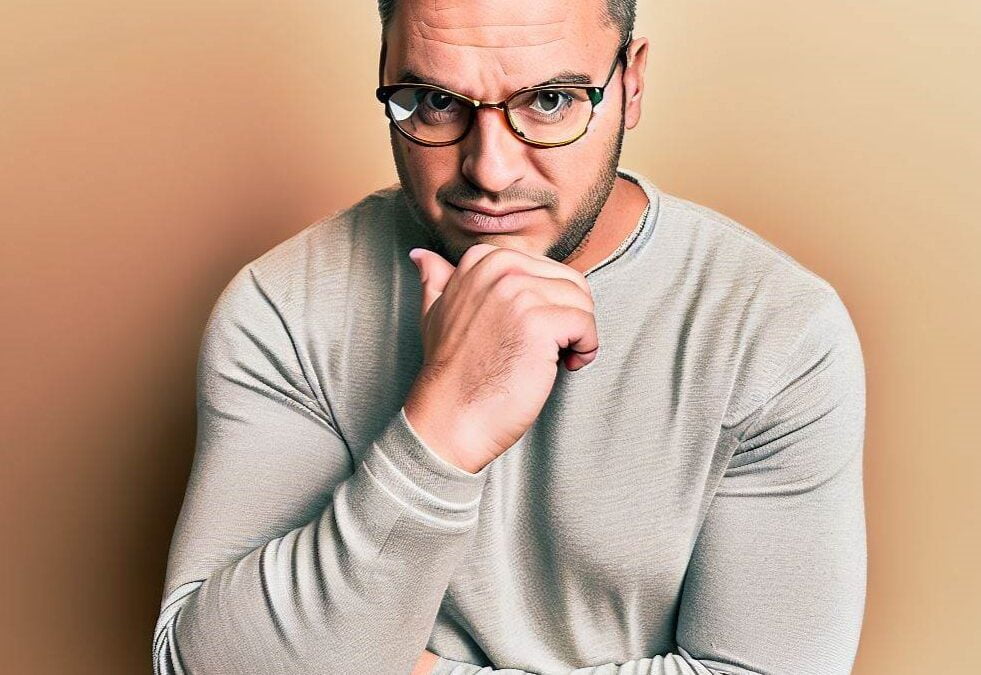Navigating Bankruptcy in Canada: Understanding the Process and Options
- What is bankruptcy, and how does it work in Canada? Bankruptcy is a legal process that allows individuals who are unable to pay their debts to eliminate most of their debts while being protected by law. In Canada, bankruptcy is governed by the Bankruptcy and Insolvency Act.
- Can I keep any of my assets if I declare bankruptcy? Yes, you can keep some of your assets, such as personal belongings, tools of the trade, and certain equity in your home and vehicle, up to a certain limit. However, you may have to surrender other assets to your licensed insolvency trustee (LIT), who will then sell them to pay off your creditors.
- Will bankruptcy affect my credit score? Yes, filing for bankruptcy will have a negative impact on your credit score. The bankruptcy will remain on your credit report for up to seven years, and it can be difficult to obtain credit during this time.
- Can I still get credit after bankruptcy? Yes, you can still get credit after bankruptcy, but it may be more difficult and expensive. You will likely have to pay higher interest rates and fees, and you may have to provide collateral.
- Will I lose my job if I declare bankruptcy? No, declaring bankruptcy cannot be used as a reason to terminate your employment. However, some professions, such as those in finance and law, may have restrictions on bankruptcy.
- Can I file for bankruptcy on my own? No, you must work with a licensed insolvency trustee (LIT) to file for bankruptcy in Canada. An LIT is a professional who is authorized by the government to administer bankruptcies and proposals.
- How long does the bankruptcy process take? The length of the bankruptcy process varies, but it typically lasts for nine months for first-time bankruptcies. However, it can be extended if you have surplus income.
- Will I still owe any debts after bankruptcy? Most unsecured debts, such as credit card debts and personal loans, are eliminated by bankruptcy. However, there are some debts that are not discharged by bankruptcy, such as court fines, child support payments, and some tax debts.
- What happens after my bankruptcy is discharged? Once your bankruptcy is discharged, most of your unsecured debts will be eliminated, and you will be released from your obligations to pay them. However, some debts may still remain, and you will need to work with your LIT to resolve them.
- How much does it cost to file for bankruptcy in Canada? The cost of filing for bankruptcy in Canada varies depending on your financial situation and the complexity of your case. Your LIT will provide you with a detailed breakdown of the costs involved, which may include filing fees, administrative fees, and trustee fees. However, it is important to note that bankruptcy may be a viable solution even for those who cannot afford to pay these fees upfront.
Gain clarity on the bankruptcy process, asset protection, credit score impact, and post-bankruptcy life. Contact us now!

